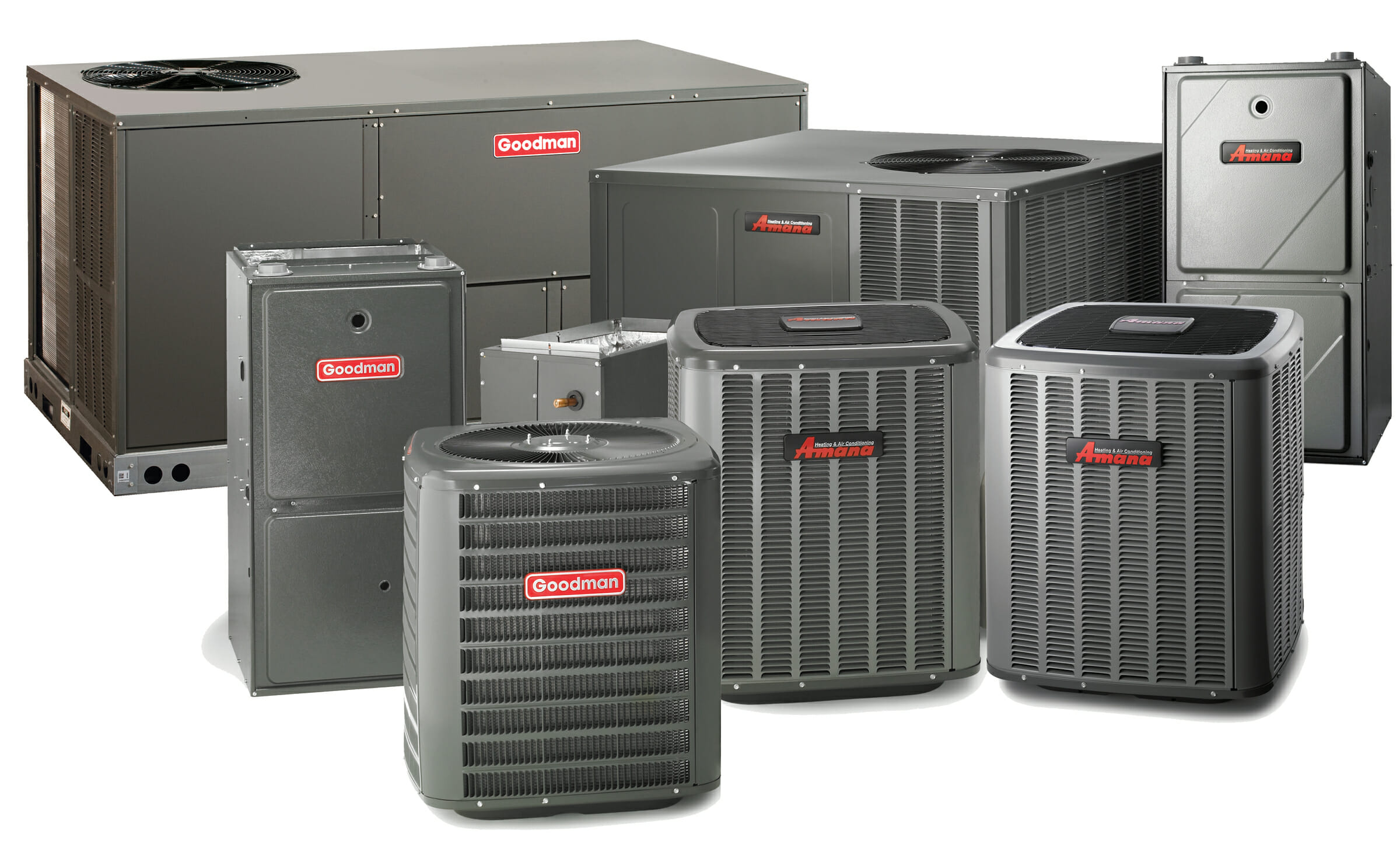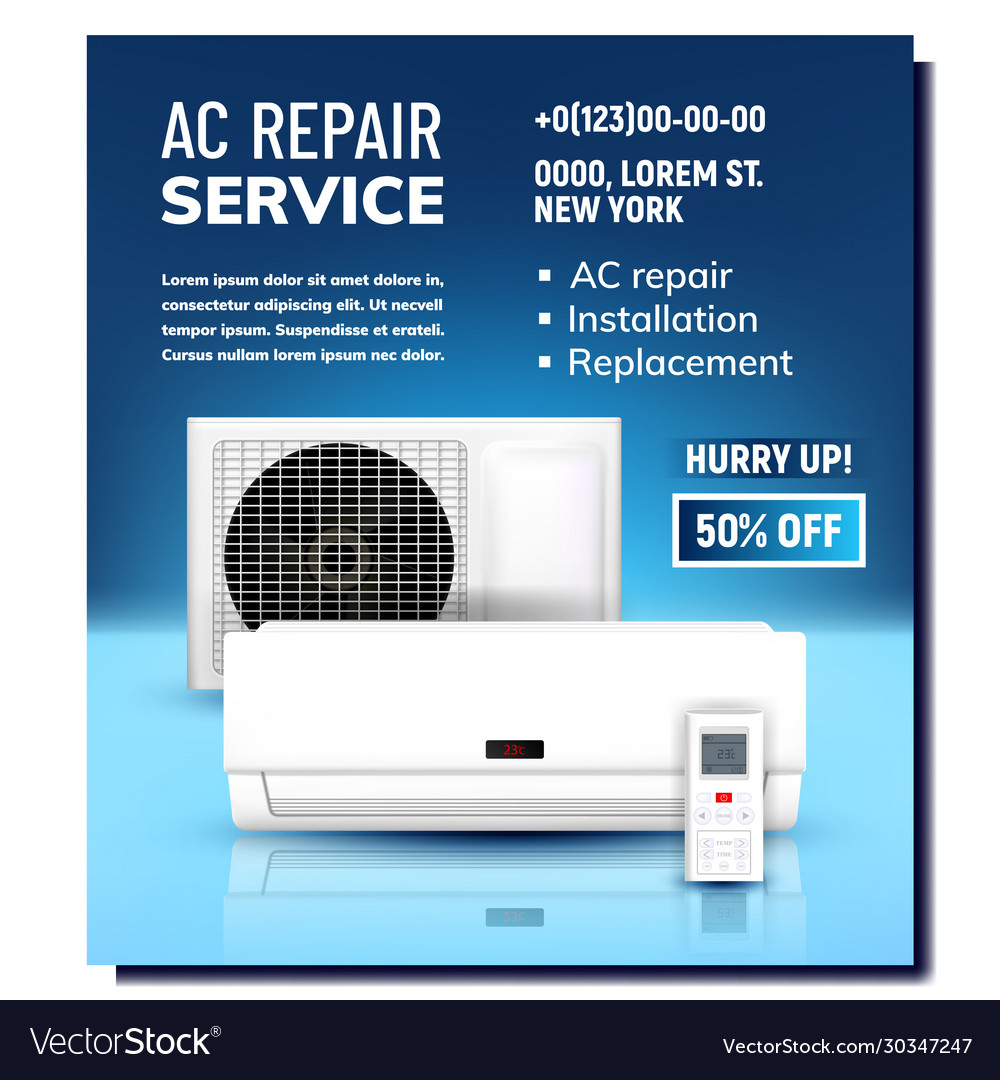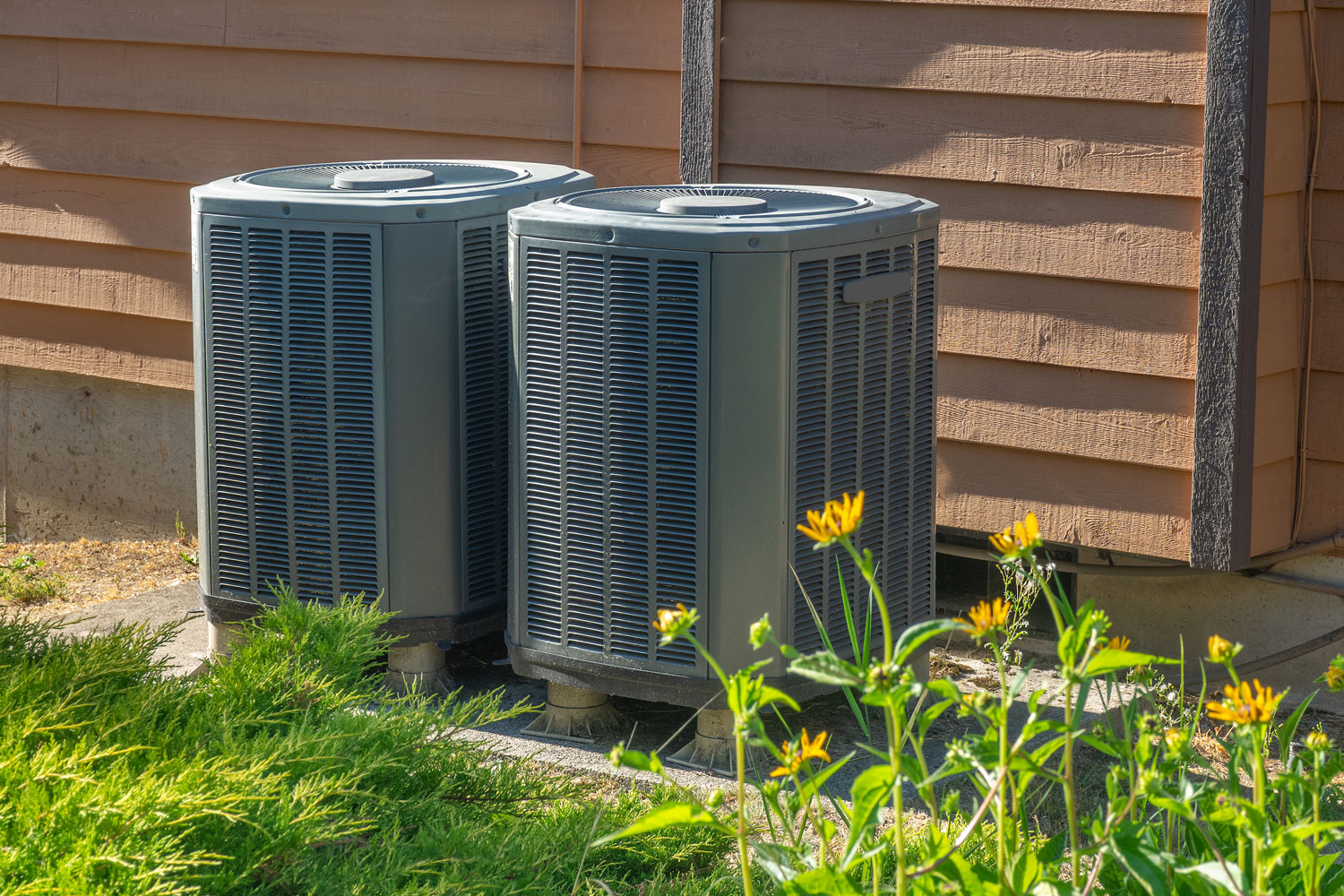When it comes to creating architectural areas, the old saying 'form follows function' is true. However have you ever before thought about just how integrating air conditioning right into style can raise comfort and effectiveness concurrently?
The seamless blend of cooling down systems within the structure of a structure not just affects the passengers' health however also influences the total sustainability of the framework. As you discover the elaborate connection in between style and a/c, a world of ingenious remedies and cutting-edge technologies awaits your exploration.
Trick Takeaways
- Energy-efficient systems improve comfort and sustainability.
- Integrated cooling improves interior air top quality.
- Stabilizing aesthetic appeals and performance ensures optimal design.
- Future fads focus on clever, sustainable cooling solutions.
Value of Integrated A/c
When creating rooms, integrating cooling is necessary for making sure the very best comfort and functionality. Power performance plays an essential role in the style process, as it not only minimizes operational expenses but also decreases the environmental effect of the structure. By integrating energy-efficient air conditioning systems, you can create a sustainable and cost-effective solution that profits both the owners and the world.

On top of that, interior air quality is one more vital aspect to think about when making with integrated air conditioning. Appropriate air flow and filtration systems help maintain a healthy indoor setting by minimizing pollutants and irritants. This results in boosted resident health and wellness and productivity. When selecting a/c systems, focus on those that supply advanced filtration innovations to improve the total interior air top quality.
Elements Affecting Design Decisions
Integrating cooling right into building layouts requires careful consideration of different aspects that influence layout decisions. When including cooling systems, sustainability factors to consider are critical to lower the building's ecological influence. Individual experience plays a considerable duty in identifying the effectiveness and satisfaction with the cooling system.
- Power Effectiveness: Sustainable layout practices aim to minimize power usage, which not just profits the setting however additionally decreases functional prices for the building owner.
- Indoor Air Quality: Offering a comfy and healthy and balanced indoor environment enhances the total user experience, promoting efficiency and wellness.
- Aesthetic appeals and Integration: Integrating cooling systems effortlessly right into the building design guarantees that performance does not jeopardize the aesthetic allure of the room, improving customer satisfaction and general building visual appeals.
Effective Cooling Down Methods for Buildings
To optimize cooling effectiveness in structures, consider incorporating easy layout techniques along with cooling systems. Passive air conditioning strategies can substantially lower the requirement for mechanical air conditioning, bring about even more lasting options for keeping comfortable interior temperature levels. Style functions such as shielding devices, natural ventilation systems, and thermal mass can aid control temperature levels without relying entirely on energy-intensive cooling. By purposefully putting windows to optimize cross ventilation or utilizing reflective roofing materials to minimize solar warmth gain, you can harness the power of nature to cool your structure successfully.

In addition to passive approaches, implementing sustainable services like eco-friendly roofs or living walls can further boost cooling down efficiency by supplying insulation and reducing heat absorption. These functions not just assist in preserving comfortable indoor temperature levels yet additionally add to a greener atmosphere. By combining easy cooling techniques with lasting solutions, you can create a much more energy-efficient and eco-friendly structure design that prioritizes both comfort and preservation.
Balancing Visual Appeals and Capability

Think about the harmonious combination of aesthetic components with functional facets in your building layout to ensure a well balanced and impactful result. mini split ac installation When incorporating a/c systems into your structure layout, striking an equilibrium between aesthetics and capability is vital to producing areas that not just look excellent however also give suitable convenience for residents.
To accomplish this equilibrium, maintain the adhering to points in mind:
- Mix the System with the Environments: See to it that the a/c devices or vents effortlessly integrate with the general aesthetic of the area, whether with concealed placement, ornamental covers, or matching shades.
- Focus On Individual Experience: Style the air flow and temperature level control systems in such a way that focuses on the comfort and wellness of the residents. Take into consideration elements such as air distribution, sound levels, and convenience of use to boost the total individual experience.
- Include Lasting Practices: Opt for energy-efficient cooling options that not just contribute to the aesthetic appeal of the building however likewise promote sustainability and lower environmental impact.
Future Trends in Architectural Air Conditioning
As you picture the future of building style, remaining abreast of arising cooling fads comes to be critical for enhancing both form and function within your tasks.
The assimilation of clever innovations into building air conditioning systems is readied to change the way buildings are cooled down. These systems make use of data and automation to optimize energy use, supplying customized comfort while decreasing environmental impact.
Lasting services are also forming the future of building cooling. From easy design methods that maximize natural air flow to innovative air conditioning materials that minimize the demand for conventional air conditioning, sustainability goes to the leading edge of cooling technologies. Architects are progressively integrating eco-friendly roofings, shielding aspects, and thermal mass into their layouts to develop more energy-efficient air conditioning systems.
Frequently Asked Concerns
Exactly How Does A/c Impact the Total Sustainability and Power Efficiency of a Building Design?
When you integrate cooling into structure layout, it impacts sustainability and power effectiveness. Power consumption can increase due to a/c usage, affecting building effectiveness. This boosted energy demand can have unfavorable ecological impacts, minimizing general sustainability.
To reduce these results, think about including energy-efficient heating and cooling systems, proper insulation, and passive air conditioning strategies. Stabilizing convenience with energy performance is essential for developing lasting building styles.
Exist Any Type Of Laws or Certifications That Architects Need to Take Into Consideration When Integrating Air Conditioning Into Their Styles?
When incorporating cooling right into your layouts, it's essential to consider governing requirements like building regulations and accreditation criteria for power efficiency. Fulfilling these guidelines assurances that your job aligns with industry finest methods and ecological objectives.
Acquainting yourself with these regulations will certainly help you in developing sustainable styles that prioritize convenience while also lowering energy usage. Stay educated and certified to supply jobs that are both comfy and eco-friendly.

Can the Placement of Air Conditioning Units Impact the General Comfort and Capability of a Room?
When it concerns cooling devices, positioning matters a lot for your area's convenience and functionality. Air flow is crucial, so prevent blocking vents or positioning systems in tight corners.
Think about just how noise pollution can affect your atmosphere and go for a cosmetically pleasing arrangement that blends effortlessly with your spatial design.
Take notice of where you place these devices to guarantee maximum comfort and effectiveness throughout your space.
What Are Some Cutting-edge Technologies or Materials That Can Be Made Use Of to Boost A/c Solutions in Modern Design?
To boost cooling systems in modern design, you can discover wise controls and lasting materials. Passive cooling methods and using thermal mass are innovative methods to enhance efficiency and convenience.
Just How Can Architects Ensure That the Design of A/c Systems Complements the General Aesthetic of a Structure While Still Prioritizing Functionality and Comfort?
To ensure the style of air conditioning systems matches a structure's visual, prioritize visual combination and design harmony. Incorporate energy-efficient technologies for capability. Stabilizing visual appeals and capability enhances owner comfort.
Stress seamless assimilation of air conditioning components into the architectural style. By concentrating on both aesthetics and power efficiency, engineers can create an area that's visually enticing, comfortable, and eco-friendly.
Final thought
Generally, when developing with comfort in mind, incorporating a/c in architecture is important. By thinking about elements such as effective cooling techniques, balancing appearances and capability, and remaining ahead of future fads, designers can produce rooms that aren't just visually appealing however additionally comfortable for owners.
It is very important to focus on the health and convenience of those that'll be making use of the area, and integrated a/c plays an essential role in attaining this objective.
